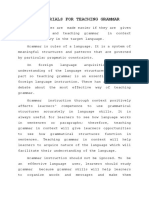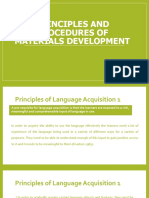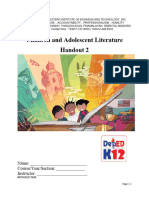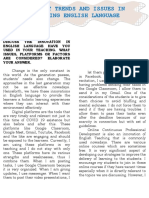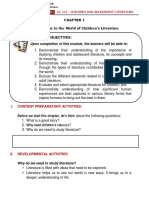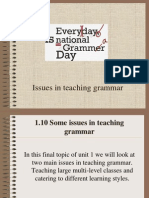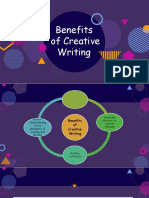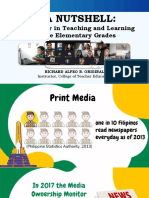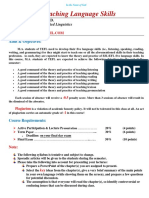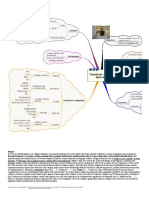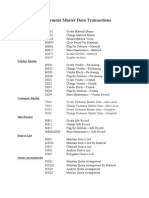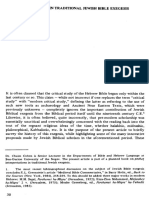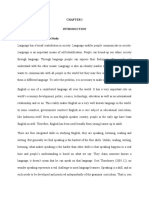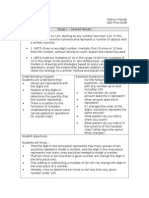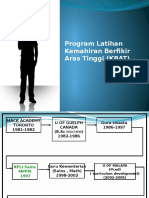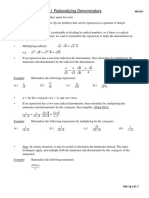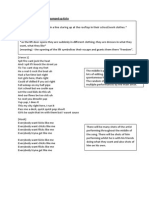0% found this document useful (0 votes)
157 views43 pagesIntroduction To Materials Development
The document provides an introduction to materials development. It discusses the definition of instructional materials and their roles in serving as the basis for classroom language input, practice, and specifying each increment of learning. It also defines materials development as studying the principles and procedures of designing, implementing, and evaluating language teaching materials. The document then outlines trends in materials development shifting from being writer-driven to publisher-driven and from local to global markets. It also discusses basic principles of ensuring materials achieve impact, involve learners, and provide opportunities for practice and feedback. Finally, it discusses factors affecting preparation like learners and teachers, and frameworks including linking materials to syllabus goals and contextual factors.
Uploaded by
JOJITA JAYCopyright
© © All Rights Reserved
We take content rights seriously. If you suspect this is your content, claim it here.
Available Formats
Download as PPTX, PDF, TXT or read online on Scribd
0% found this document useful (0 votes)
157 views43 pagesIntroduction To Materials Development
The document provides an introduction to materials development. It discusses the definition of instructional materials and their roles in serving as the basis for classroom language input, practice, and specifying each increment of learning. It also defines materials development as studying the principles and procedures of designing, implementing, and evaluating language teaching materials. The document then outlines trends in materials development shifting from being writer-driven to publisher-driven and from local to global markets. It also discusses basic principles of ensuring materials achieve impact, involve learners, and provide opportunities for practice and feedback. Finally, it discusses factors affecting preparation like learners and teachers, and frameworks including linking materials to syllabus goals and contextual factors.
Uploaded by
JOJITA JAYCopyright
© © All Rights Reserved
We take content rights seriously. If you suspect this is your content, claim it here.
Available Formats
Download as PPTX, PDF, TXT or read online on Scribd
/ 43



